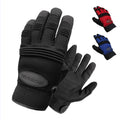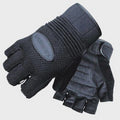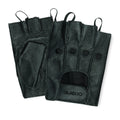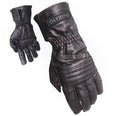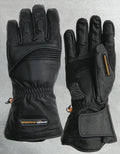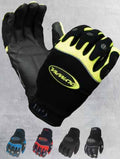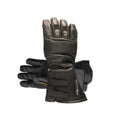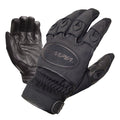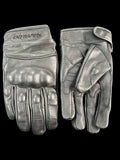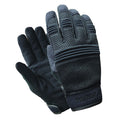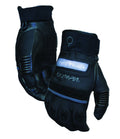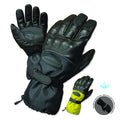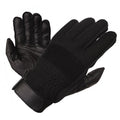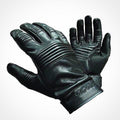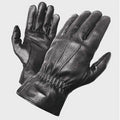Glove Manufacturer's Advice: 3 Ways To Reduce Minimum Order Quantity
Posted by ROGER HEUMANN
A glove buyer’s job is tough.
You watch retail trends, and develop new items to satisfy customer demand. But, forecasting a new item is hard.
If you could, you’d start small. Perhaps even fly in a small quantity to test, to gain confidence for a bigger follow-up order.
Your gut tells you there are larger quantities to come, but until you see what sells, how can you be sure? There’s no crystal ball — so to manage risk, you try to keep quantities small.
Problem is, the manufacturing world isn’t geared for “small”. That’s why you run into the MOQ issue.
Here’s how to work around it.
How To Reduce Minimum Order Quantity?
When it comes to glove manufacturing, there are 3 main reasons you run into MOQ issues: Raw material and component supplier minimums, upfront production charges, and manufacturing efficiency concerns at the factory level.
There’s a workaround for each:
Suppliers of leather, cloth, webbing and the like would rather sell a gazillion yards than a hundred. They get to be more efficient this way, and it reduces the unit cost they can quote. But that won’t work for your new item.
Perhaps one of their other customers is already using the color or material you need. Or vat charges and other set-up charges exist, but they may not break the bank.
Start your conversation with a different question, and you may end up with a different answer.
There are also fixed setup charges (cost of cutting dies, etc.) before your glove makes it to the production line.
 The “Mega” Glove Supplier:
The “Mega” Glove Supplier:
This type of glove contractor may already make your leading styles. They are efficient, and quality is good. When the time comes for a new style, they are the obvious place to start.
In that case, a “craft brewery”-like glove factory is a good option.

Unlike the mega glove contractor, this type of glove manufacturer is more focused on product quality and service than high volumes and low margins.
To accommodate smaller quantities, they can …
- combine your raw material or component order with several other customers, for increased clout;
- ask their supply chain partners for special favors on your behalf;
- use excess materials and components from other customers or your order;
- juggle their factory production schedule, to accommodate your smaller run;
- combine your order with others to lower shipping costs, and optimize export logistics.
Additional MOQ Tips
Here are few final MOQ tips. See if you can:
- look ahead, and use history to forecast demand. Perhaps you can agree to the MOQ but take delivery in parts, spaced over few months.
- minimize the number of unique components or colors selected in the design phase … or plan to use materials across several product categories, for economies of scale.
While MOQ is a very real issue that cannot simply be negotiated away, you CAN turn the conversation on its head (excuse the final beer reference!) and find a creative solution.
Try out these suggestions and let us know how they work out!
P. S. Fresh Advice From Glove Manufacturers …
Are you looking to have a transparent conversation about up-front costs, and strategies you can use to lower minimum order quantity and get your new glove project moving?
Click below for a consultation with our glove experts.
TAGS:



